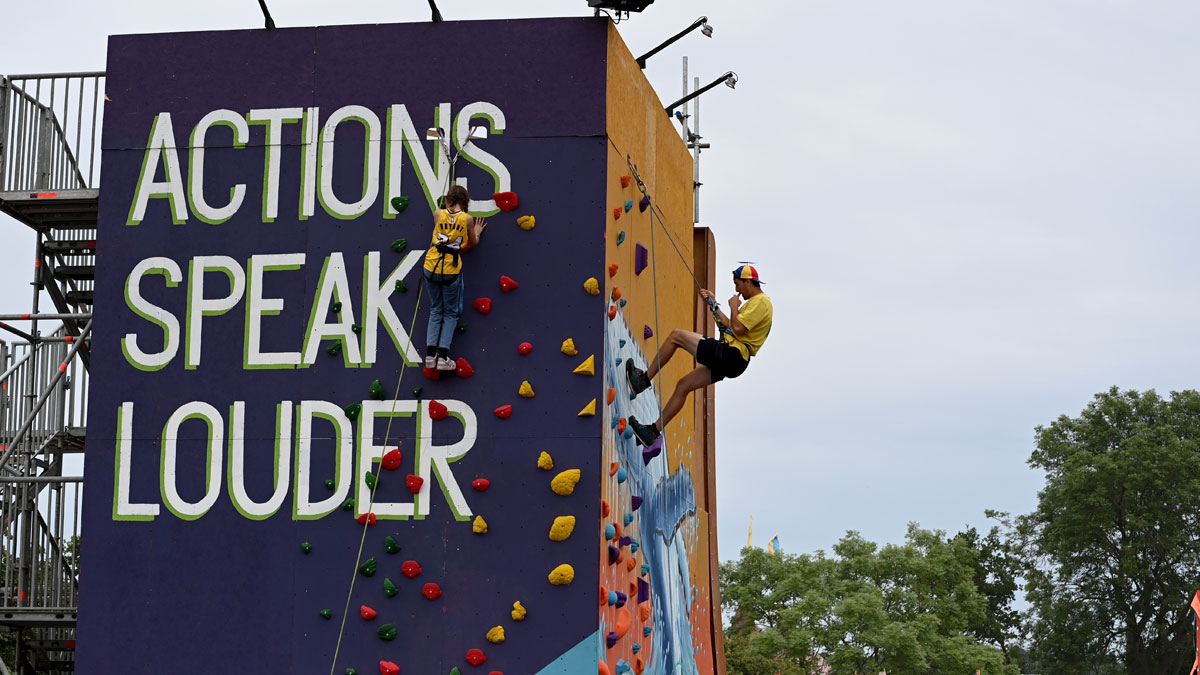Lithium prices continue to climb new heights and experts aren’t shocked one bit

Picture: Getty Images
- Lithium prices continue to climb with Pilbara Minerals setting a new record at its last BMX auction
- Fastmarkets senior price development manager Peter Hannah says the market remains extremely short of the lithium EV makers are after
- Money continues to flood in for lithium IPOs
A commodities expert says its unclear what China can do to put the brakes on lithium prices with EV sales continuing to grow, as Pilbara Minerals (ASX:PLS) sets yet another record price for lithium raw materials.
Last week’s ninth auction on the Pilgangoora miner’s Battery Material Exchange bidding platform scored a haul of US$6988/t for a 5000t cargo of 5.5% pure spodumene concentrate.
Given pricing is typically done on a 6% Li2O (lithium oxide) benchmark, the actual take effectively was US$7708/t as the processor who bought the more than $50 million package will need to remove more waste.
That is processed into one of two general lithium chemicals for electric vehicle batteries, lithium hydroxide or lithium carbonate, both fetching more than US$70,000/t in the domestic market in China.
It’s an extraordinary outcome given PLS was selling contracted spodumene, the lithium rich concentrate produced at hard rock deposits in WA, for less than US$500/t this time in 2020, a mark of how quickly the EV sector has grown.
Clearly converters in China and elsewhere in South East Asia remain far more worried about securing supply than their material costs, with EV sales continuing to expand.
“The continuing escalations in prices for both lithium salts and spodumene are a clear reminder that we are still very much in the grips of a major supply shortage, which shows little sign of abating in the near-term,” Fastmarkets senior price development manager Peter Hannah told Stockhead.
Don’t be surprised about lithium upside
Pilbara Minerals, which announced its first and record profit of almost $562 million for FY22 on the back of a surge in spodumene prices, has posted a new record in all but one of its nine BMX auctions so far.
Hannah is hardly shocked by the scale of this month’s escalation, which pounded like a pogo stick from August’s implied price of US$7,012/t.
“I don’t think we should be too surprised. These prices are merely a reflection of market conditions and what the marginal buyer is willing to pay,” he said.
“So long as there is still an incentive to produce EVs at these price levels there is no real reason for them to fall until we see a meaningful supply response.
“Demand destruction is a potential concern, but for the time being EV demand is still being driven by affluent early-adopters, and there are still long queues for most EV models.”
Fastmarkets currently says lithium carbonate is selling domestically on China’s spot market at a mid-point of 517,500 RMB and hydroxide for 515,000 RMB, ~US$72,600/t and US$72,500/t respectively.
At prices above 500,000RMB per tonne Chinese authorities have tended to ring the bells on “stablilisation”, a bit of a code word for when the Communist Party thinks prices of commodities sold into the country from Australia like lithium and iron ore are too damn high.
It is something which occurred again last week.
This is again unsurprising and something Hannah says it is unclear whether China will be able to get a handle on.
“I think China’s MIIT has something of a line in the sand at the 500,000 yuan per tonne level, as we’ve seen comments urging stabilisation whenever prices have touched that level,” he said.
“We are already through that level in the domestic market though, and what it can actually do to subdue prices is unclear.”
Low margins
At prices like those seen in the Pilbara auction, converters are operating at very low margins, something under 5% at current chemical prices according to Hannah.
It is worth noting most spodumene sells for less under long term contracts, no miner is 100% exposed to spot – though some would like to be right now.
As noted it is an indication extreme market tightness, which some miners and analysts see remaining into the next decade, is still a major feature.
And each time spodumene prices lift, a call from Goldman Sachs of an imminent, supply-led, price collapse over the next 12 months looks more unrealistic.
Back in red hot lithium form
The hammering local lithium stocks copped in the wake of Goldman’s wrecking ball report has given way to their biggest boom yet.
PLS, Allkem (ASX:AKE), Mineral Resources (ASX:MIN), IGO (ASX:IGO), and Core Lithium (ASX:CXO) are all at or near record highs, up 51.56%, 37.43%, 6.06% and 13.11% over the past six months.
More speculative stocks have found it tougher, but there are those who think risk capital is returning to the battery metals market.
They made up 15 of the 29 resources companies which completed IPOs on the ASX in the June quarter, up from 16 in the March quarter despite market jitters about interest rates, inflation and Russia’s invasion of Ukraine.
MinRes is said to be considering what would be a multi-billion spinout of its lithium business in the US, believing it is trading at a fraction of the multiples commanded by hot battery metals stocks on the NASDAQ like SQM and Albemarle.
The latest ASX lithium stock listed yesterday in Atlantic Lithium (ASX:A11), which raised around $17.5 million in an IPO led by Canaccord Genuity and the exercise of options.
The AIM listed explorer backed by US-Australian lithium developer Piedmont (ASX:PLL) owns Ghana’s largest spodumene resource containing 30.1Mt at 1.26% Li2O.
A PFS for the Ewoyaa mine was released to the British market last week detailing a US$125 million development slated to generate almost US$5 billion in revenue over its 12.5-year mine life.
At long run prices of US$1,359/t FOB Ghana, a fraction of current spot prices, Ewoyaa holds an NPV of $1.33 billion and outlandish IRR of 224% post tax, something that increases 9% with each US$100/t increase in the spodumene price.
Related Topics

UNLOCK INSIGHTS
Discover the untold stories of emerging ASX stocks.
Daily news and expert analysis, it's free to subscribe.
By proceeding, you confirm you understand that we handle personal information in accordance with our Privacy Policy.








